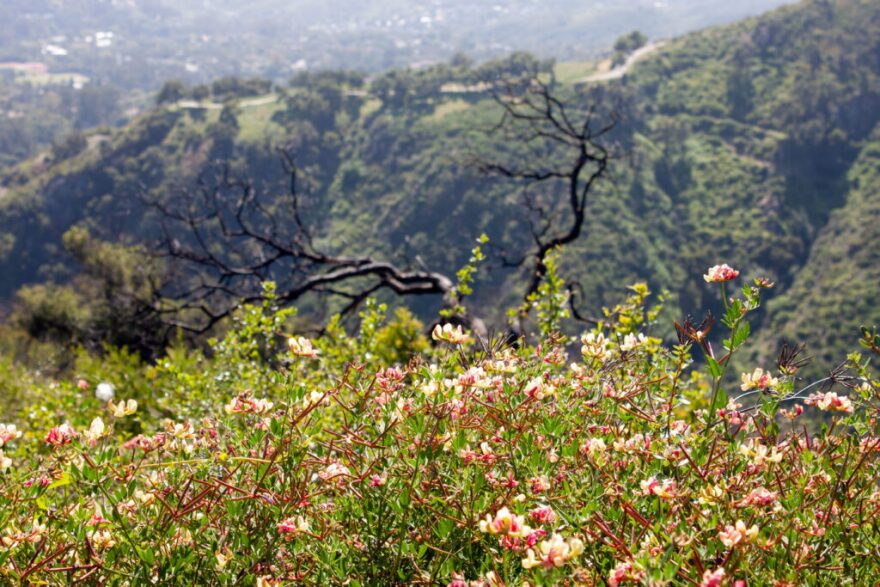The Santa Barbara Botanic Garden has been on the front lines of wildfires more than once.
"We've burned twice in our history of nearly 100 years...in the Coyote fire back in 1964 and in the Jesusita fire in 2009," said Steve Windhager, the garden's Executive Director.
The garden is more than just a beautiful place to visit. It’s a place where science and nature meet.
"We've been doing a lot of research. My background is actually in fire ecology, studying the role of fire in both helping and harming native plants," explained Windhager. "Many people feel like, 'Well, plants burn. Therefore, I should eliminate all plants from around my home'. But what we're finding is that that's actually not the best strategy. A smart, well-planned landscape that's well-maintained can do a lot to actually reduce fire risk for your home. As well as providing a range of other benefits, everything from carbon sequestration, habitat value for other species, water conservation, you name it."
According to Windhager, using that expertise to help equip residents with the tools they need to prepare homes, landscapes, and neighborhoods for wildfire seems like a natural extension of their work.
"With the fires we've seen over the last decade here in the Santa Barbara County, I think everyone has a heightened awareness of how vulnerable we are and we have to take proper steps," said Windhager. "Fire seasons are changing as we go along. Fifteen years ago, we had a fire season and we had a non-fire season. Now we're seeing the fires happen year-round. We're learning constantly, and we're also having new people move in. We need to stay vigilant, because areas that have never burned in the past are gonna be more susceptible in the future, and we have to be prepared."
"We are really thinking about how do we have a multi-pronged approach to thinking about native plants and our landscape, how we can both use them to make ourselves safer, and how we make sure that we're not adding to any problems out there when it comes to potential fire risks."
The Santa Barbara Botanic Garden will host a free virtual fire resilience forum. Windhager said communication is critical to preparedness.
"Most homes burn from the inside out," he explained. "They don't catch on fire because of the vegetation that surrounds them. The windblown embers, particularly with high winds, can be traveling miles at a time. That wind is forcing those embers into your roof, into your crawlspace below your house, or in these other openings, and your house is actually burning from the outside out. There are a lot of fires from the Palisades that show the house burned down, and the vegetation around it is still there. It didn't burn. What we're organizing with this fire forum is a discussion of all the aspects of being fire prepared and having a fire-safe landscape and a fire-safe home. California is a fire-prone state, and it always has been. Chances are we're all going to be better off if we're prepared for that fire even if we never have to use that preparation."
The forum, Ready For Wildfire/Smart Strategies For Fire-Safe Living, is at 6 p.m. on Tuesday, July 21. It's free and open to the public, but registration is required.



